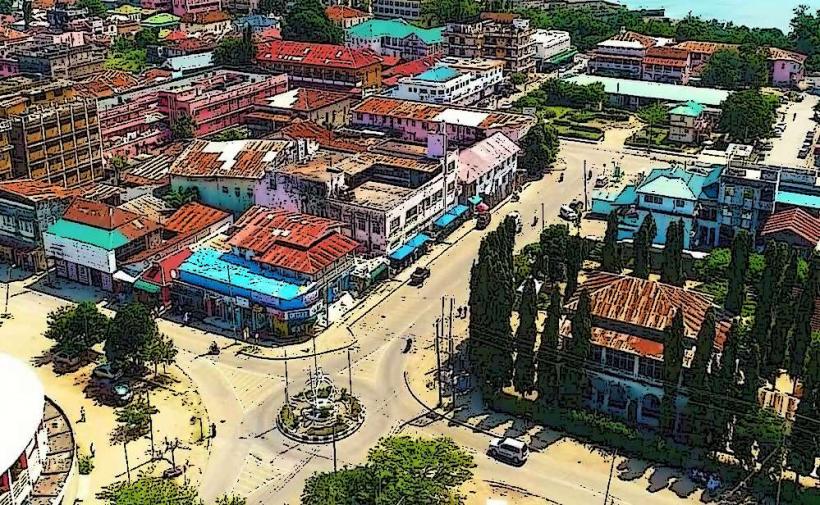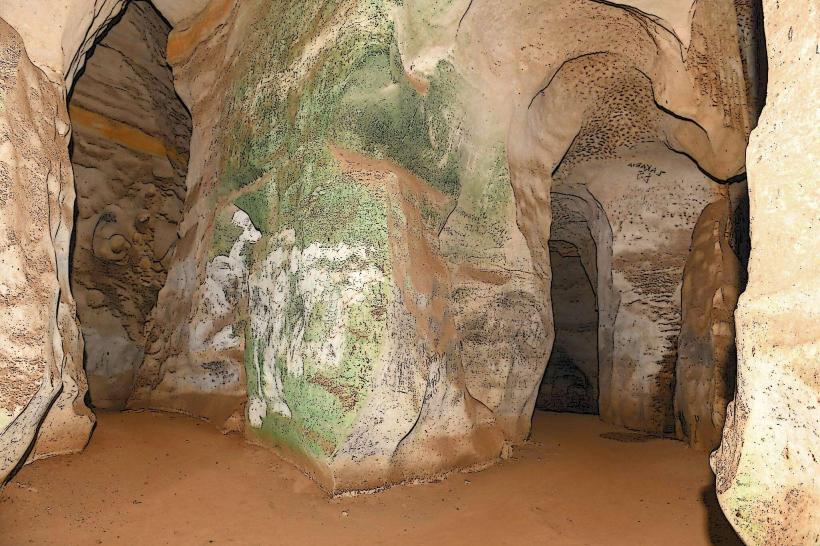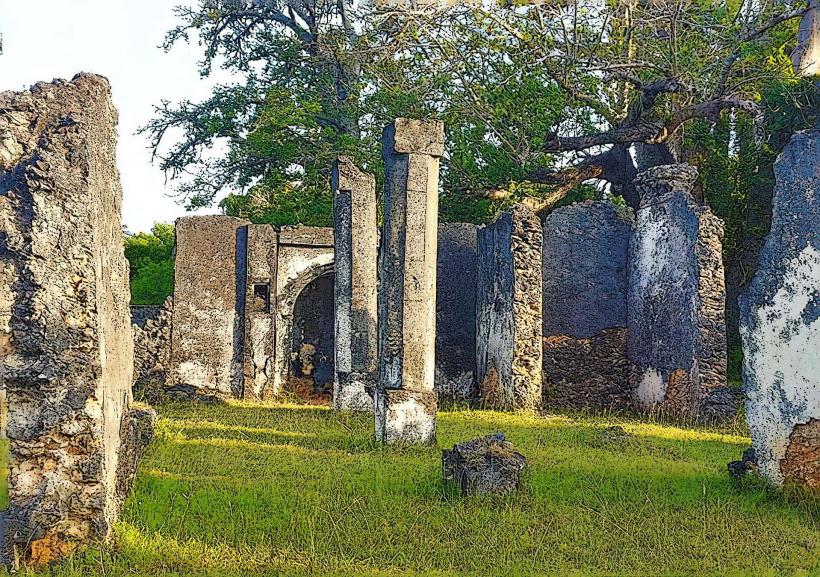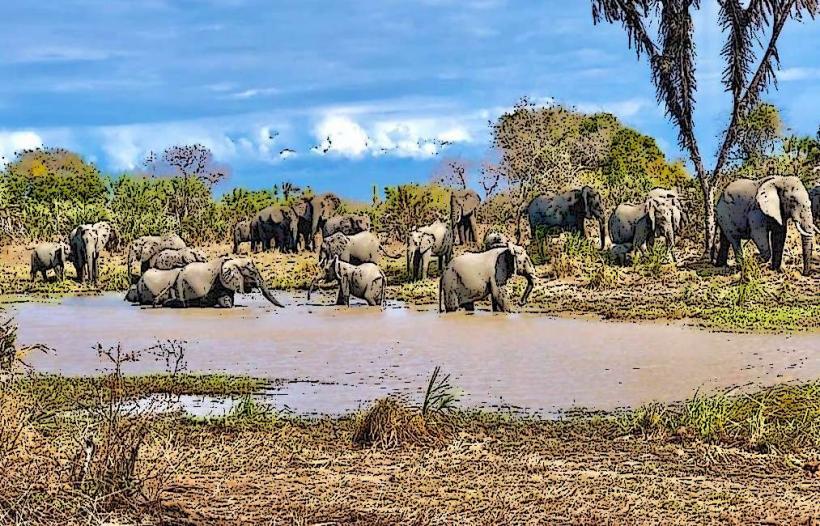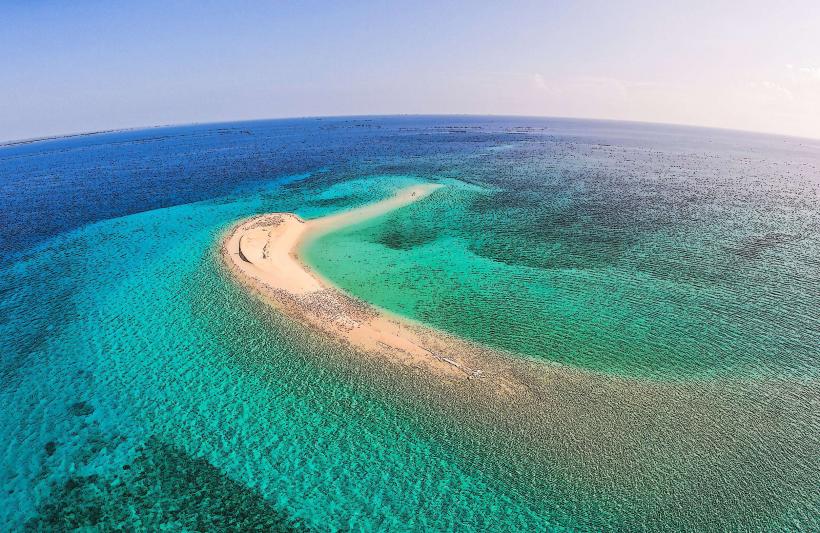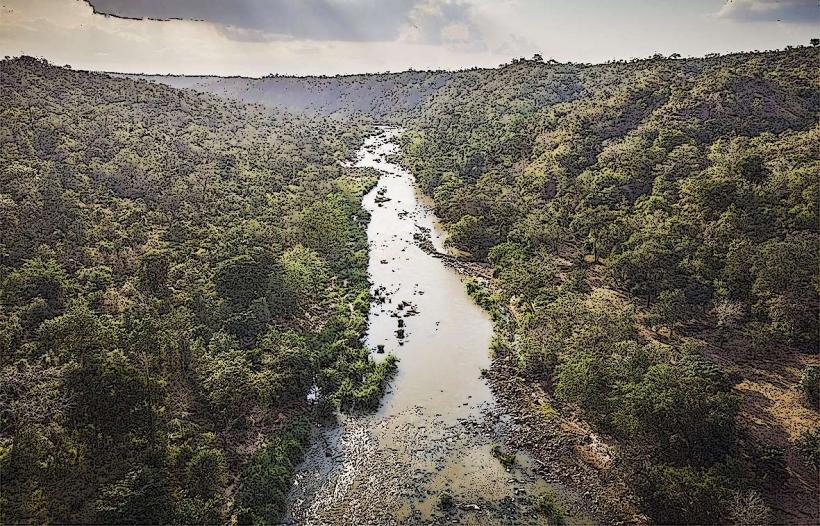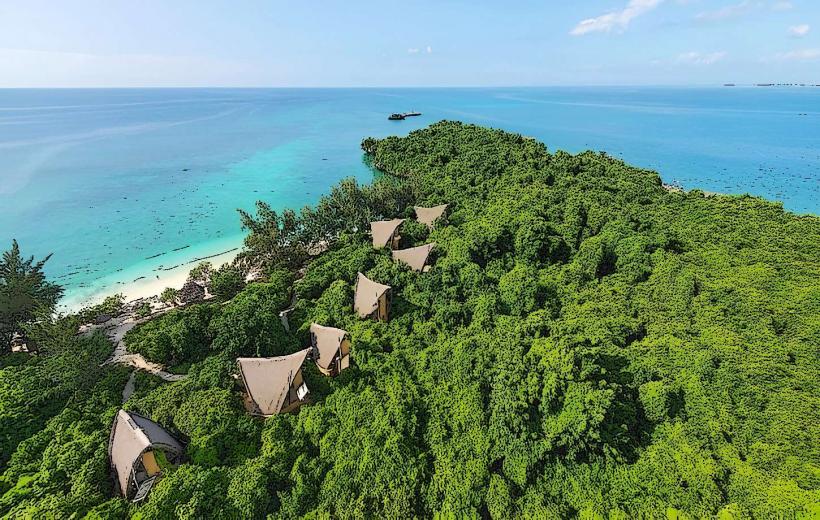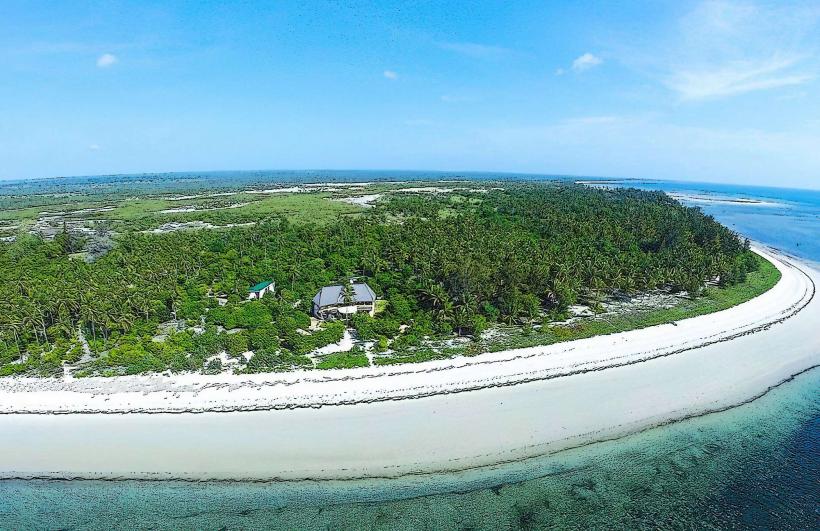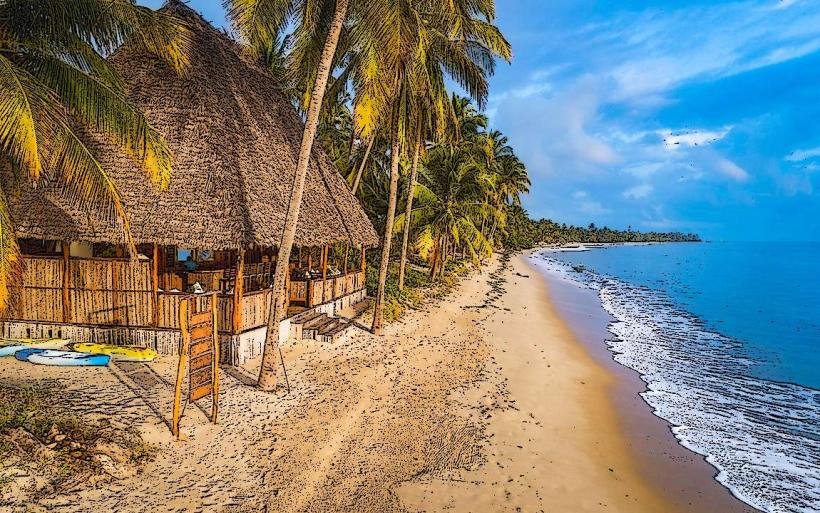Information
Landmark: Pangani RiverCity: Tanga
Country: Tanzania
Continent: Africa
The Pangani River is an important river located in the northeastern part of Tanzania, flowing through the Tanga Region and eventually emptying into the Indian Ocean near the town of Pangani. It is one of the major rivers in the region and has both ecological and historical significance. Here’s a detailed overview:
General Overview
- Length: The Pangani River stretches for about 500 kilometers (310 miles), making it one of the longest rivers in the Tanga Region.
- Source: The river originates from the Usambara Mountains, which are located to the west of the Pangani River and part of the Eastern Arc Mountains. The mountains are known for their biodiversity and contribute to the river’s relatively clean and fresh waters.
- Flow: The Pangani River flows in an eastward direction, cutting through forests, agricultural land, and eventually reaching the Indian Ocean near the town of Pangani.
Ecological Significance
- Ecosystem: The river supports a variety of ecosystems along its course, ranging from wetlands and forests to mangrove swamps near its mouth where it meets the ocean. The surrounding areas are rich in biodiversity.
- Wildlife: The river’s wetlands and estuarine areas provide important habitats for numerous species of birds, fish, and other wildlife. The river is particularly important for birdwatching, as it attracts both resident and migratory birds.
- Mangrove Forests: As the Pangani River meets the Indian Ocean, it creates an estuary rich in mangrove forests. These coastal ecosystems help protect the shorelines from erosion, provide habitats for marine life, and act as breeding grounds for various fish species.
Cultural and Historical Significance
- Historical Trade Route: Historically, the Pangani River served as an important route for transporting goods, particularly during the 19th century, when the region was a significant part of the Swahili Coast and connected to trade routes with Arab, Indian, and Persian traders. The river provided a navigable route into the interior of the region.
- Local Communities: The river has been crucial to the development of local communities in the Pangani District, providing water for agriculture, fishing, and domestic use. The river is particularly important for those living in the Pangani area, as it supports agriculture and is a key resource for the town and surrounding villages.
Activities and Attractions
Boating and River Cruises: The Pangani River offers the opportunity for boat rides or river cruises, providing visitors with a scenic and tranquil way to explore the river's ecosystems. You may spot local wildlife and enjoy the picturesque landscapes along the way.
Fishing: The river is an important source of fish for local communities, and visitors may have the chance to experience traditional fishing techniques. Fishing trips can also be organized for tourists interested in exploring the river's aquatic life.
Birdwatching: The river and its surrounding wetlands provide excellent opportunities for birdwatching, particularly along the mangrove-lined estuary where numerous species of waterfowl, waders, and migratory birds can be seen.
Nature and Eco-Tours: The Pangani River and its surrounding ecosystems are ideal for nature lovers and eco-tourism. Exploring the area gives visitors a chance to see unique flora and fauna and appreciate the natural beauty of this part of Tanzania.
Environmental Challenges
Like many rivers in the region, the Pangani River faces challenges related to water management, pollution, and the impact of climate change. The river’s flow has been affected by various human activities, such as deforestation in the Usambara Mountains, agricultural expansion, and water extraction for irrigation. Efforts are being made to ensure sustainable management of the river's resources.
Best Time to Visit
The best time to visit the Pangani River is during the dry season, which runs from June to October. During this time, the weather is more conducive to outdoor activities, and the river's flow is typically more manageable for boat rides and other excursions. The rainy season (from March to May) may bring unpredictable weather, which can make some activities difficult.
Conclusion
The Pangani River is a vital natural resource in northeastern Tanzania, supporting both local communities and ecosystems along its course. It has a significant role in the region’s cultural heritage and is an important attraction for eco-tourists and nature lovers. Whether you’re interested in wildlife, birdwatching, or history, the Pangani River offers plenty to explore.

